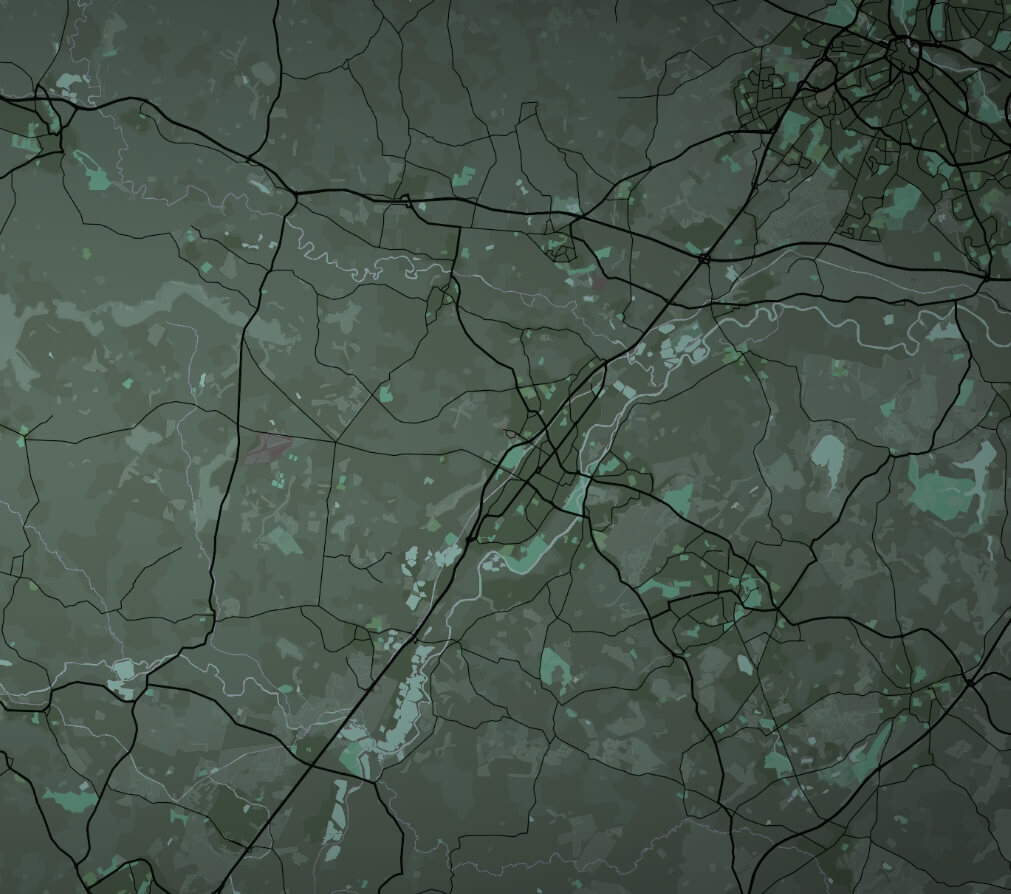Between 40,000 and 11,000 years ago Britain was between Ice Ages, and the home of large mammals such as mammoths, cave lions, spotted hyenas and woolly rhinoceros.
Skeletons of woolly rhinoceros were found at Whitemoor Haye, near Lichfield in 2002. These animals, along with all other life, were forced south by the onset of a new Ice Age around 11,000 years ago. The woolly rhinoceros never returned.
Evidence of early man has been found in the Trent landscape, dating as far back as 250,000 years. Conditions were precarious with sparse vegetation, but it is believed that the proximity of the river combined with a healthy population of mammoth helped to support these early inhabitants.
The Neolithic period (4,300 to 2,000 BC) is a time when the river Trent had ceremonial significance. The pre-Christian people of Britain believed in the spirit of place and the river Trent was believed to be the manifestation of the goddess Trisentona.
Where the three rivers of the Mease, Tame and Trent converge, a ceremonial complex was constructed at Catholme in celebration of the birthplace of the goddess. No longer visible in the landscape, it is believed that the ceremonial complex once stood for over 1,500 years, influencing the building and placement of later Bronze Age burial mounds.
The video shows a 360° artistic interpretation of the landscape from Whitemoor Haye (images taken courtesy of Whitemoor NAYC & ACUK). See woolly rhinos as they graze the meadows at the turn of the last ice-age.





